In Depth Look at This Yu-Gi-Oh! Thing the Kids Go On About – Part Three
Welcome back to the third, more in-depth part of my how-to guide to Yu-Gi-Oh, (part one and two here) in which I will explain Synchro Summoning mechanics and basic rulings, for if (hopefully when) you begin to actually experience the game for itself.
Oh yeah, and if you haven’t read the previous ones, I’d really recommend you do, because otherwise, none of this will make any sense whatsoever unless you have prior knowledge of Yugioh.
For this segment, we begin in 2008, a year which gave us The Dark Knight, Super Smash Bros. Brawl, and the Secret Invasion storyline from MARVEL. In Yugioh, however, from January to August 2008, the meta game was dominated by a bunch of angry zoo animals, aka Gladiator Beasts, who just happened to use a mechanic discussed last time, Contact Fusion. But, in August 2008, the entire game was shaken up with the release of Synchro Monsters (also known as ‘What are these weird white cards?’ by everyone at the time).
With Synchro Monsters, there also came a new sub-type of monsters from the Main Deck, Tuners. And no, not all of them were fish (but some of them were! See what I did there, with, uh, Tuna?… No? OK, scratch that), but they all play an integral part in Synchro Summoning. (fish type tuner)

To Synchro Summon, you need at least 1 Tuner, and 1 non-tuner monster (certain monsters might specify more Tuners or Non-Tuners). Then, you send them to the Graveyard, and Summon the Synchro monster from your Extra Deck. But there’s a catch! The sent monsters’ combined Levels must add up to the Level of the Synchro Monster. For example, if I wanted to Synchro Summon “White Aura Dolphin”, a Level 6 Synchro (who is actually a Fish), I would need to send ‘1 Tuner + 1 or more non-Tuner monsters’ from my field whose levels total 6.
Like Fusion Monsters, some Synchros might have specifically named Materials (materials means monsters used for a Summon), or Materials with certain properties e.g. WATER or FIRE (and it’s only now that I’m remembering that I forgot Types and Attributes in the first article — onto them then!)






Leave a comment